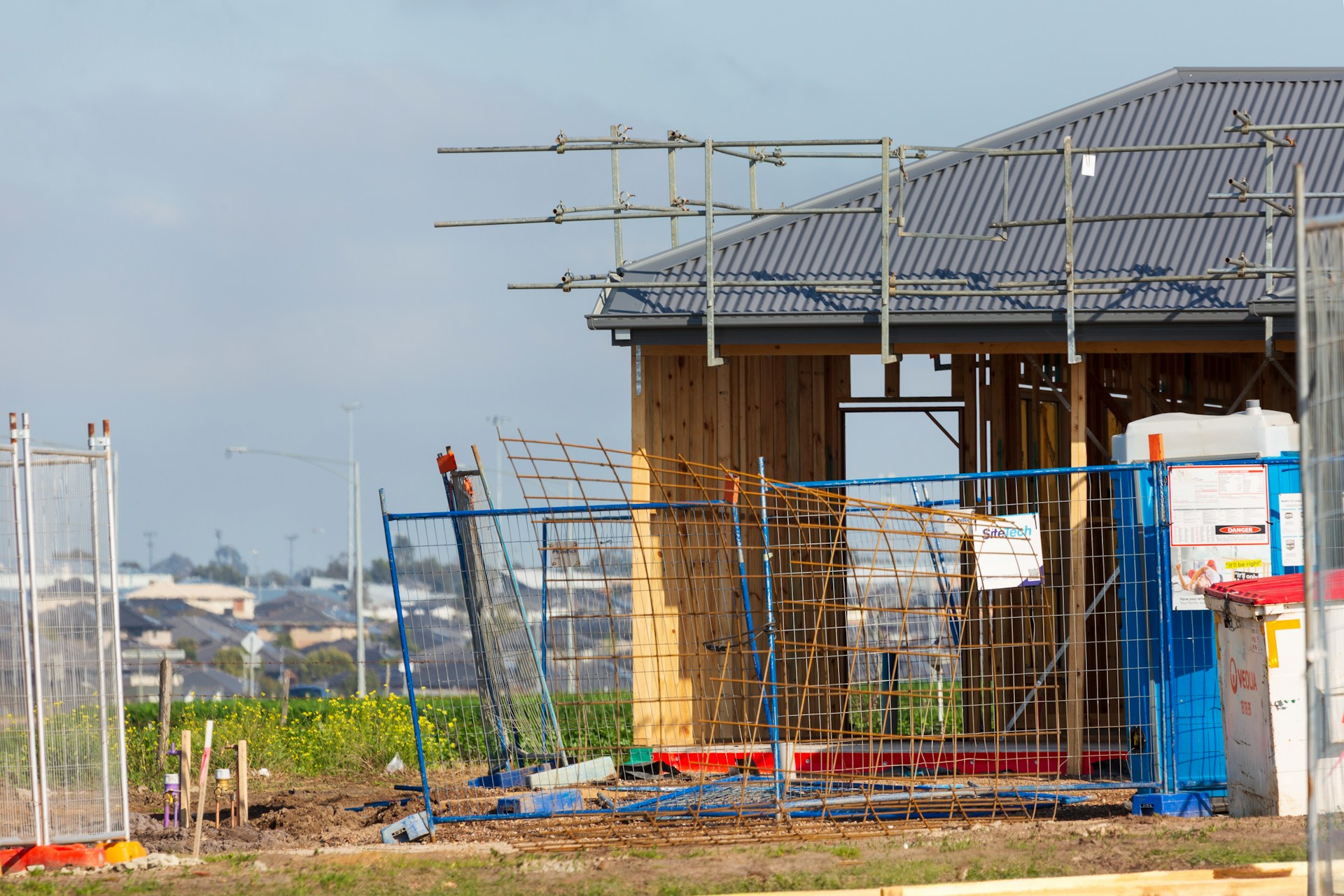Site preparation is a critical phase in any construction project. It involves a series of steps to ensure that the land is ready for building, providing a stable and safe foundation for the structure. Proper site preparation can significantly impact the quality, timeline, and cost of a project. Here’s why it’s so important:
1. Ensures Safety and Stability
One of the primary reasons for thorough site preparation is to ensure the safety and stability of the construction site. This involves clearing the land of any debris, vegetation, or obstacles that could interfere with the building process. Proper site preparation helps prevent accidents and creates a safe working environment for construction workers.
2. Improves Soil Conditions
Soil testing and improvement are crucial steps in site preparation. By analyzing the soil, contractors can determine its suitability for construction and identify any necessary treatments. This might include soil compaction, stabilization, or the addition of materials to improve load-bearing capacity. Good soil conditions are essential for preventing future settlement and structural issues.
3. Facilitates Efficient Construction
A well-prepared site allows for smoother and more efficient construction operations. With a clear and level site, it’s easier to move materials, set up equipment, and begin building. This can help reduce delays and keep the project on schedule. Efficient site preparation also minimizes the risk of unexpected problems that could disrupt the construction process.
4. Ensures Proper Drainage
Proper drainage is vital to prevent water accumulation and erosion, which can undermine the foundation and structure of a building. Site preparation includes grading the land to ensure that water flows away from the construction site. Installing drainage systems, such as ditches or retention ponds, can also help manage stormwater and protect the site from flooding.
5. Compliance with Regulations
Site preparation ensures that the construction project complies with local regulations and building codes. This includes obtaining necessary permits, conducting environmental assessments, and adhering to zoning laws. Compliance is essential to avoid legal issues and ensure the project meets all safety and quality standards.
6. Environmental Protection
Proper site preparation can help minimize the environmental impact of construction. This includes measures to protect surrounding ecosystems, manage waste, and reduce pollution. By planning and implementing sustainable practices, contractors can mitigate the environmental footprint of the project.
7. Cost Savings
Investing in thorough site preparation can lead to significant cost savings in the long run. By addressing potential issues early, contractors can avoid costly repairs and modifications later in the project. Proper site preparation also helps prevent delays, which can add to the overall cost of construction.
Steps in Site Preparation
The process of site preparation typically involves several key steps:
- Land Clearing: Removing trees, vegetation, and debris to create a clear working area.
- Surveying: Conducting a detailed survey to map out the site and identify any potential challenges.
- Soil Testing: Analyzing soil samples to determine suitability and necessary treatments.
- Excavation: Digging and removing soil to create foundations, trenches, or other earthworks.
- Grading: Leveling the land to ensure proper drainage and a stable base for construction.
- Utility Installation: Laying down necessary utilities such as water, sewer, and electrical lines.
- Stormwater Management: Implementing systems to manage stormwater and prevent erosion.
Conclusion
Site preparation is a foundational step in the construction process that sets the stage for a successful project. By ensuring safety, improving soil conditions, facilitating efficient construction, and protecting the environment, proper site preparation is essential for achieving high-quality, durable, and compliant structures. Investing time and resources in this phase can lead to smoother operations and long-term cost savings.

